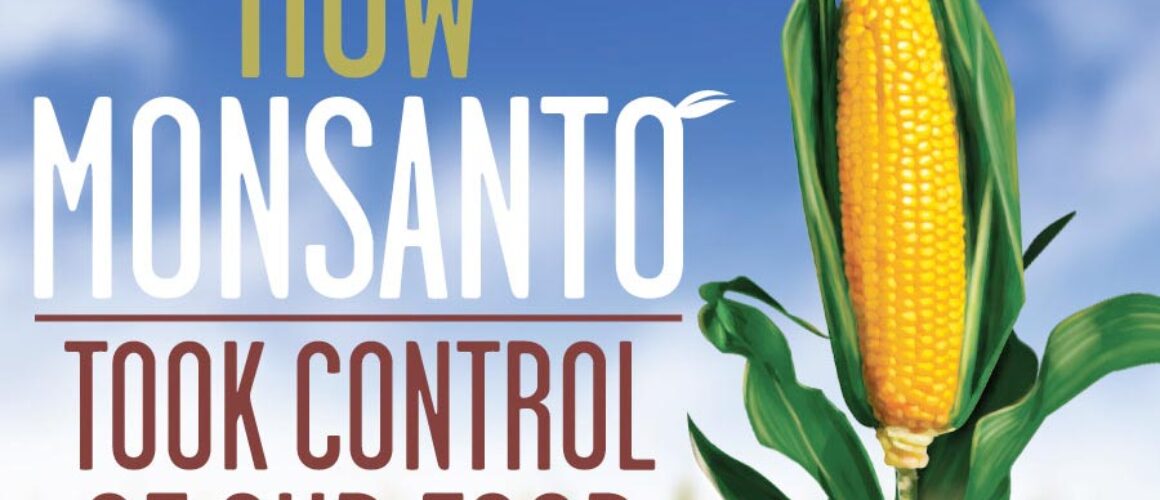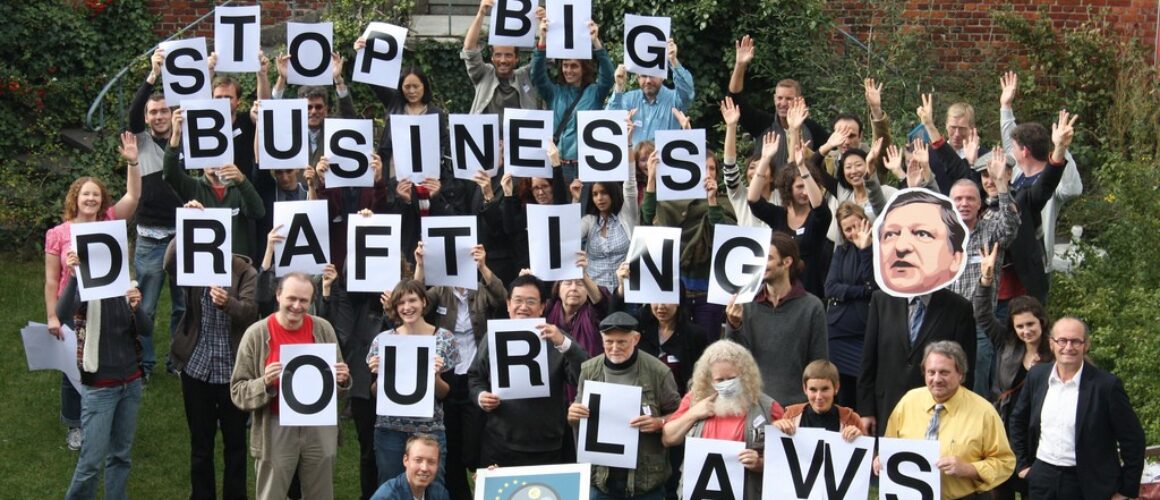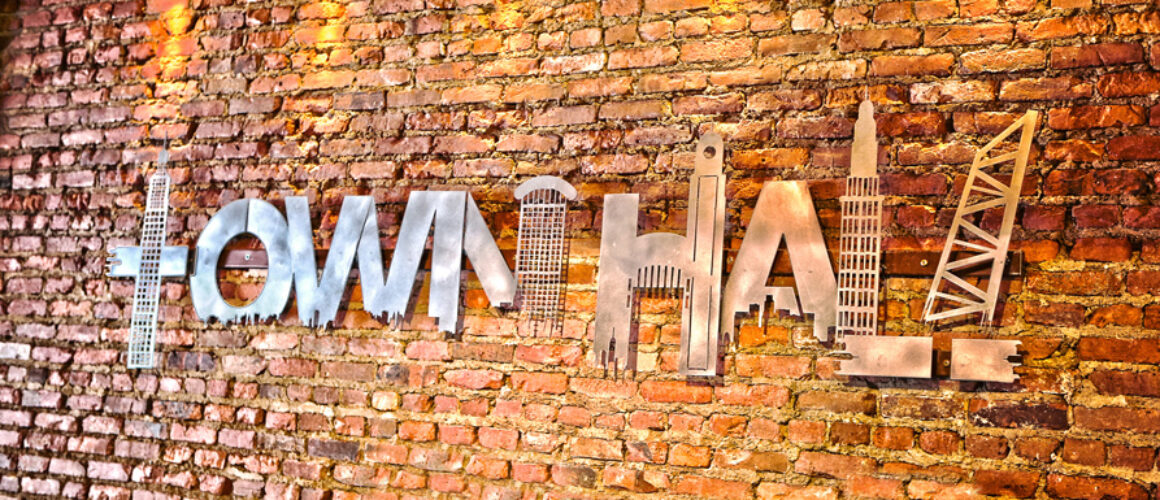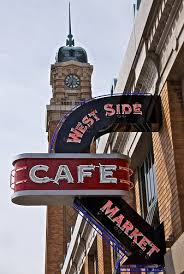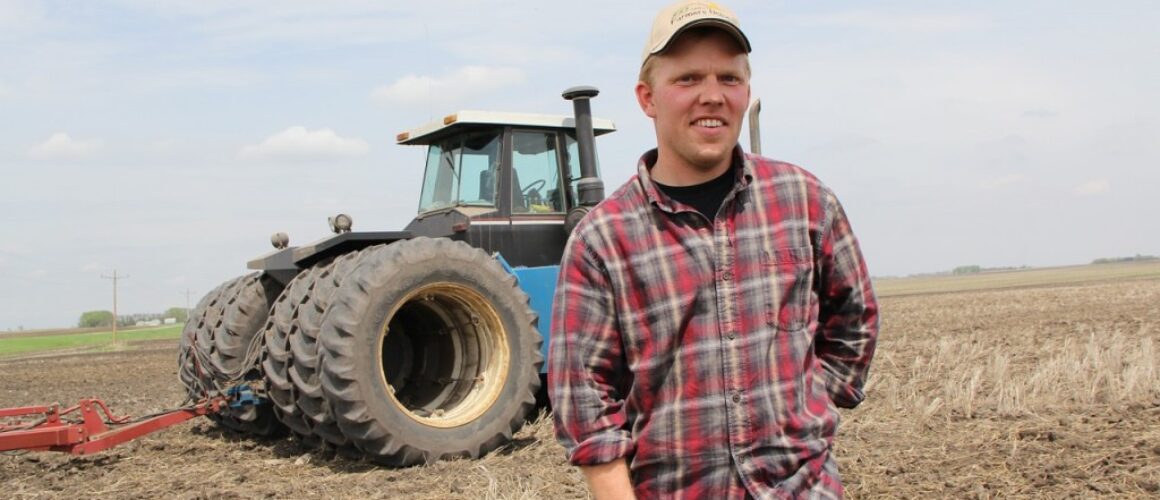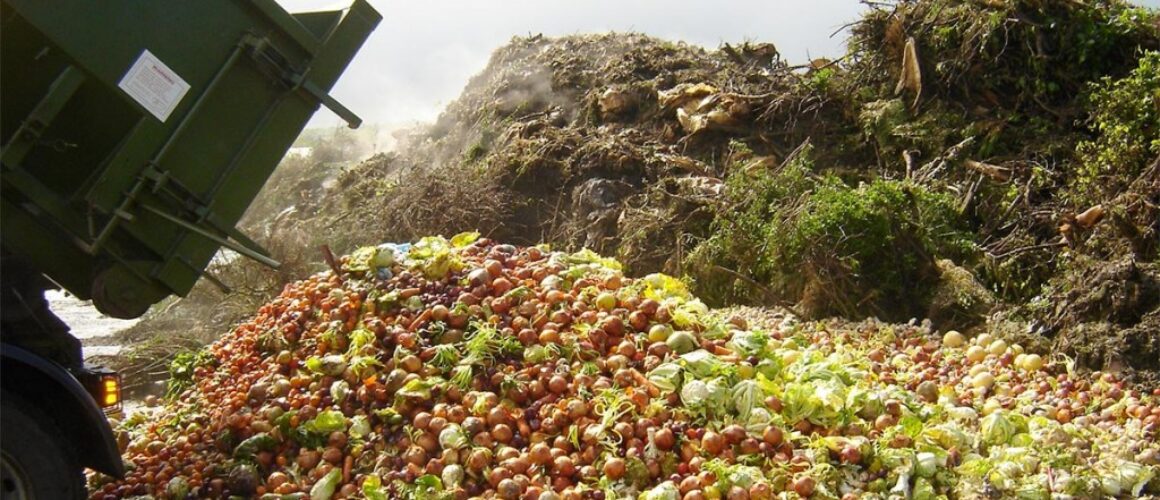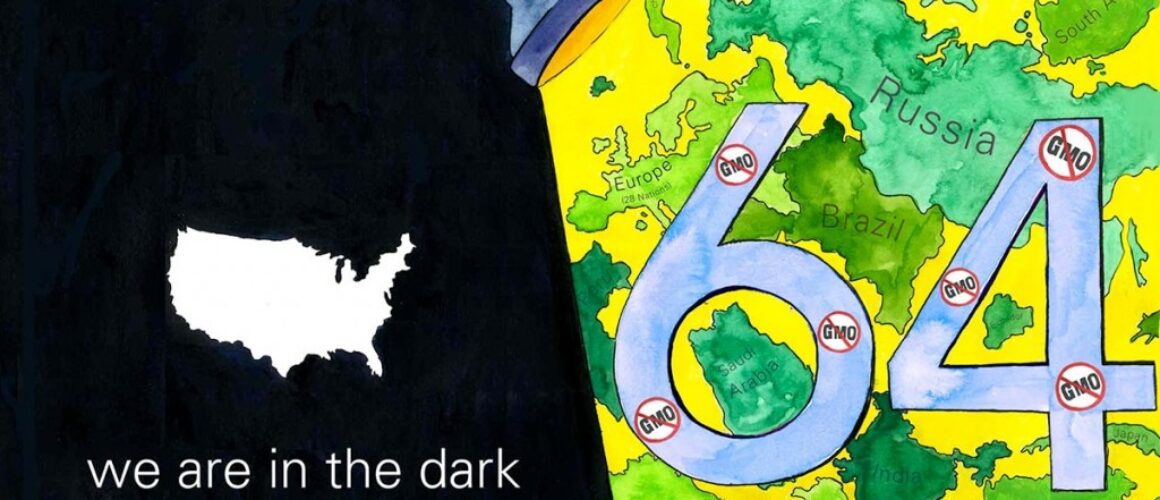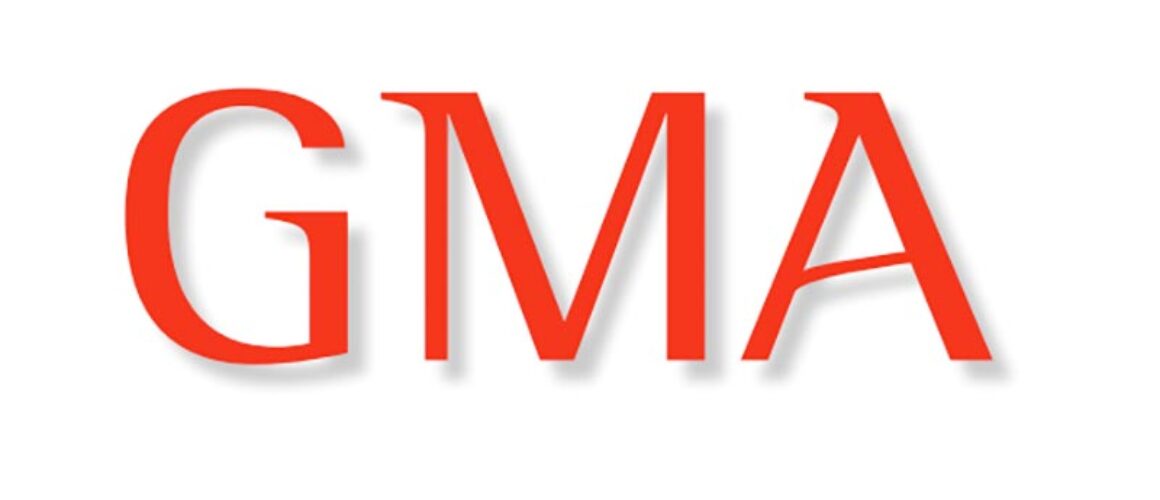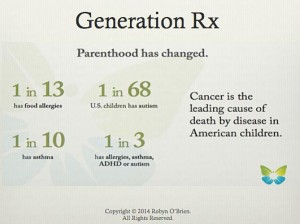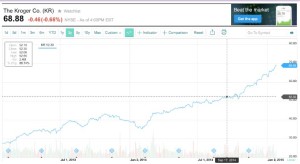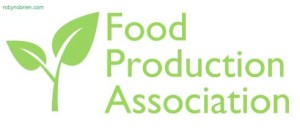How Monsanto Took Over Our Food System—A Graphical History
When you think about the incredible demand for organic food, it’s pretty amazing that it stood a chance of happening. Right now, less than 1% of U.S. farmland is dedicated to organic agriculture. Demand for organic food is exploding at 11-12% each year. The industry is on fire with startups, venture capital money and mega food companies gobbling up little organic ones. Every one is hungry for organic, except for a handful of companies.
One of those companies is Monsanto. Founded over 100 years ago, they came up with the brilliant idea of genetically engineering seeds so that they could withstand increased applications of their chemicals, mainly Roundup. Beginning in the 1990s, Monsanto introduced a new product: Roundup Ready seeds, specially designed and genetically engineered for Roundup. They patented the invention, tried pushing it on the rest of the world, but the world pushed back, either banning these new products or labeling them.
In the U.S., however, it was a different story. In the last twenty years, this company has taken over our food supply without many of us even realizing it. Here’s how it happened.
So what can we do about it? Speak up, share this post with your friends, family.
Why? We are told to not keep Roundup under our kitchen sinks, to keep it out of our kids’ way.
In light of this product recently being declared a “probable carcinogen” by the World Health Organization, shouldn’t we be doing the same with our food?
Together, we can take back control of our food supply. Farmers are listening. They see the shortcomings in this chemically-intensive operating system with super weeds appearing around the country. The big food companies are listening–they are gobbling up organic companies and have a choice: break up with chemical companies or break up with the consumer.
With food company earnings and our health on the line, it’s time to take control of our food supply again. It’s time for a new food economy and a smarter operating system.

How Monsanto Took Control of Our Food
From its early 20th century origins selling a suspect sweetener, Monsanto has long had its hand in our food supply. And that isn’t necessarily a good thing. Let’s take a look at the company’s history and its current practices.
Monsanto and GMOs
Monsanto is a self-proclaimed leader in genetic engineering of food crops. That’s not something to be proud of.
GMOs have been linked preliminarily to:
- Food allergies
- Increased toxicity
- Decreased nutritional value
- Antibiotic resistance
A History Lesson
1901
John Francis Queeny founds Monsanto, giving the company his wife’s maiden name. Queeny, a purchaser for a wholesale drug house, forms his St. Louis-based company in order to begin production of saccharin, an artificial sweetener developed in the latter part of the 19th century.
1905
The company begins producing caffeine and vanilla.
1915
Monsanto’s sales surpass $1 million for the first time.
1920s
The company expands to industrial chemicals and drugs and introduces now-banned polychlorinated biphenyls (PCBs).
1930s
Monsanto creates its first hybrid seed corn and expands production of cleaners and synthetic rubbers and plastics.
1936
Monsanto acquires Ohio-based Thomas & Hochwalt Laboratories, a connection that later helps the U.S. develop the atomic bomb.
1940s
The company begins producing polysterene, the main component in Styrofoam.
1945
Monsanto begins production of agricultural chemicals, such as 2,4-D , later used to make Agent Orange, and DDT.
1956
Navy tests determine that the hydraulic fluid the company is trying to sell to the military is associated with liver damage in humans.
1972
Monsanto halts production of saccharin.
1976
The company introduces synthetic chemical herbicide Roundup.
Congress bans production of PCBs after they were found to cause cancer, including damage to the liver, immune system, reproductive system, skin, eyes and brain. Before the ban, 99% of PCBs used in the U.S. were produced by Monsanto.
1984
Monsanto pays out millions of dollars to Vietnam veterans exposed to Agent Orange.
1985
The company purchases chemical manufacturer G.D. Searle, despite a previous FDA inquiry into Searle’s chief product, aspartame, a controversial sweetener, which Donald Rumsfeld had pushed to get approved.
1994
The company introduces its first genetically modified product, recombinant bovine growth hormone (rBGH) in efforts to increase milk production.
1996
Monsanto introduces its first two genetically engineered seeds, Roundup Ready soybeans and insect-resistant cotton.
Researchers reveal aspartame could pose health risks to consumers.
1998
Scientists document the first Roundup-resistant weed, with another to be discovered in 2000 and three more in 2004. To date, 24 weeds have developed resistance to Roundup worldwide thanks to overuse of the chemical.
2000
Monsanto splits its medical and agricultural operations into separate companies, the agricultural company keeping the Monsanto name.
2003
Monsanto and subsidiary Solutia agree to pay more than $700 million to Alabama residents over widespread health problems connected to PCB contamination.
2011
More Roundup Ready crops, including alfalfa, sugar beets and corn are approved.
Speculation grows that overuse of products like Roundup is to blame for colony collapse disorder affecting honey bees.
2012
The company makes strong opposition to California’s Proposition 37 that would have required labeling of foods with genetically engineered ingredients. Thanks in part to Monsanto’s $8.1 million in donations to the campaign, the initiative fails at the ballot box.
2014
Monsanto reports revenue of nearly $16 billion.
Monsanto Today
While it got its start making food additives, the company’s chief products today are agricultural, from seeds to herbicides. And Monsanto’s impact on modern farming in the U.S. and around the world is undeniable.
Reach
Monsanto-patented seeds are used to grow
- 93% of U.S. soybeans
- 80% of U.S. corn
- 282 million: Acres worldwide using Monsanto products
- 40%: Total U.S. crop acreage using Monsanto products
- 404: Total facilities worldwide, in 66 countries
Top products
- Roundup and Harness herbicides
- Asgrow soybean seeds
- Deltapine cotton seeds
- Seminis vegetable seeds
- De Ruiter vegetable seeds
- Smartstax insect-repellant corn
- Bollgard insect-repellant cotton
Influence
Monsanto lobbying spending by year
2008: $8,831,120
2009: $8,694,000
2010: $8,030,000
2011: $6,370,000
2012: $5,970,000
2013: $6,940,000
2014: $4,120,000
Monsanto board members have worked or advised for …
- the EPA
- U.S. Department of Agriculture
- presidential advisory committees
- universities
- international trade councils and science academies
Control of farmers
The licensing agreement on every bag of Monsanto seed ensures the company can sue farmers for not following Monsanto procedures and allows the company to investigate fields and records of farmers anytime it chooses. The company also has a toll-free hotline where neighbors and community members can report on farmers who may be using Monsanto seeds without a license.
We’ve only scratched the surface of how Monsanto controls our food supply with genetically engineered products. With its hands in so much of the food we eat and politicians in its back pocket, there’s no doubt Monsanto will continue to exert control and influence over agriculture and human health.
Sources:
http://enhs.umn.edu/current/5103/gm/harmful.html
http://www.monsanto.com/investors/pages/financial-highlights.aspx
http://documents.foodandwaterwatch.org/doc/MonsantoReport.pdf#_ga=1.100366044.319167375.1436453940
http://www.rense.com/general33/legal.htm
http://www.encyclopedia.com/topic/Monsanto_Company.aspx
http://www.alternet.org/food/how-monsanto-went-selling-aspirin-controlling-our-food-supply
https://www.opensecrets.org/lobby/clientsum.php?id=D000000055&year=2007
Original source http://www.topmastersinhealthcare.com/
